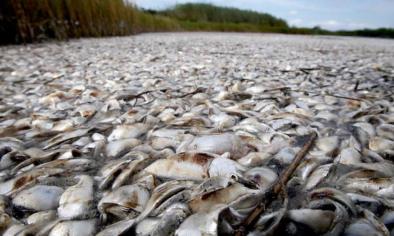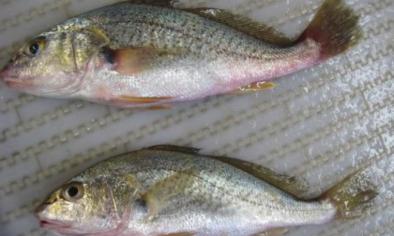Can Anyone, Even Walmart, Stem The Heat-Trapping Flood Of Nitrogen On Farms?

Down on the farm, the most important greenhouse source is something that doesn't normally get a lot of attention. It's the fertilizer — mainly nitrogen — that farmers spread on their fields to feed their crops.
Nitrogen is the most important nutrient for plants. It's the fuel that drives modern food production. Every year, American farmers spread millions of tons of it on corn fields alone.
Manufacturing nitrogen fertilizer is energy-intensive, burning lots of fossil fuels and releasing carbon dioxide. What's just as damaging, and perhaps even more so, is what happens when it's spread on a field. Bacteria feed on it and release a super-powerful greenhouse gas called nitrous oxide.
These bacteria are naturally present in the soil, says Philip Robertson, a researcher at Michigan State University, "but once they get exposed to nitrogen fertilizer, they really light up" and pump out nitrous oxide.
If you add it all up, fertilizer is the biggest part of the global warming price tag of a loaf of bread or a box of corn flakes. According to one study, carried out by the consulting group Deloitte, greenhouse emissions from fertilizer are the biggest single piece of the global warming price tag for almost half of the top-selling items on the shelves at Walmart.
Related Content





